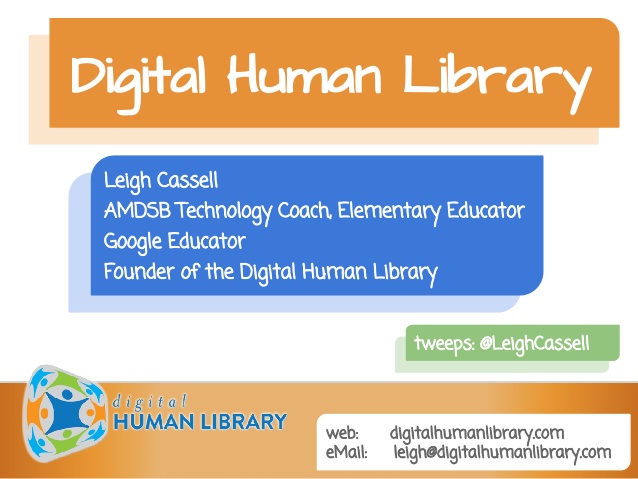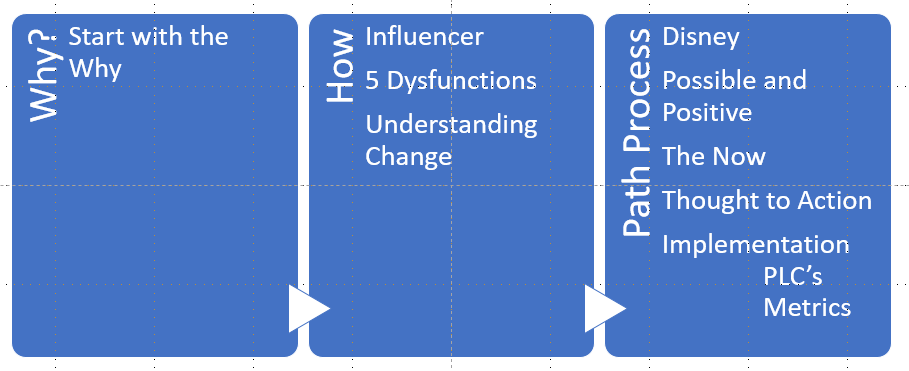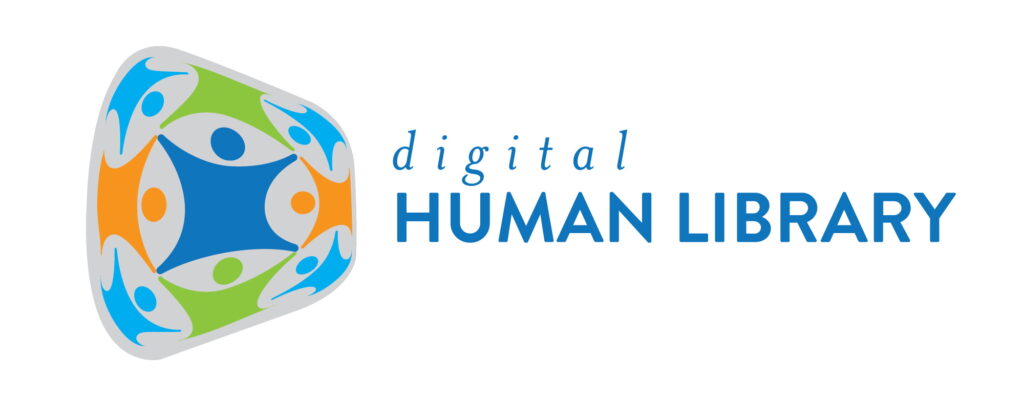
Here’s what gets me excited these days. Those that really know me, know that I have a question I attempt to answer every single day – “What did I do today to make a difference in the life of a child?” Good news. I’m now a part-owner of this amazing concept. My incredible friend and business partner Leigh Cassell developed Digital Human Library (dHL) as an answer to the demands of today’s classroom. In short, what we do is “We connect people to make a difference for kids.” Our hundreds of experts come from all walks of life and join teachers in their classrooms through video conferencing. Here are just a few examples.
We have social action projects, authentic content from our Indigenous community, and live interactive streamed events. Seriously, these resources are available and much of what we offer is FREE for teachers. Why? Because Leigh and I are dedicated to making a difference for kids.
No matter WHO you are, you should check it out. We’re always looking for experts and we want all teachers to know about this amazing resource. You can get started by registering or visiting our site.

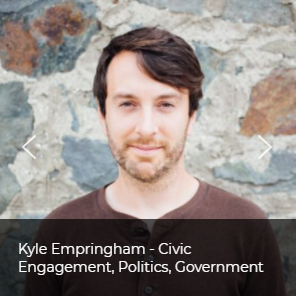

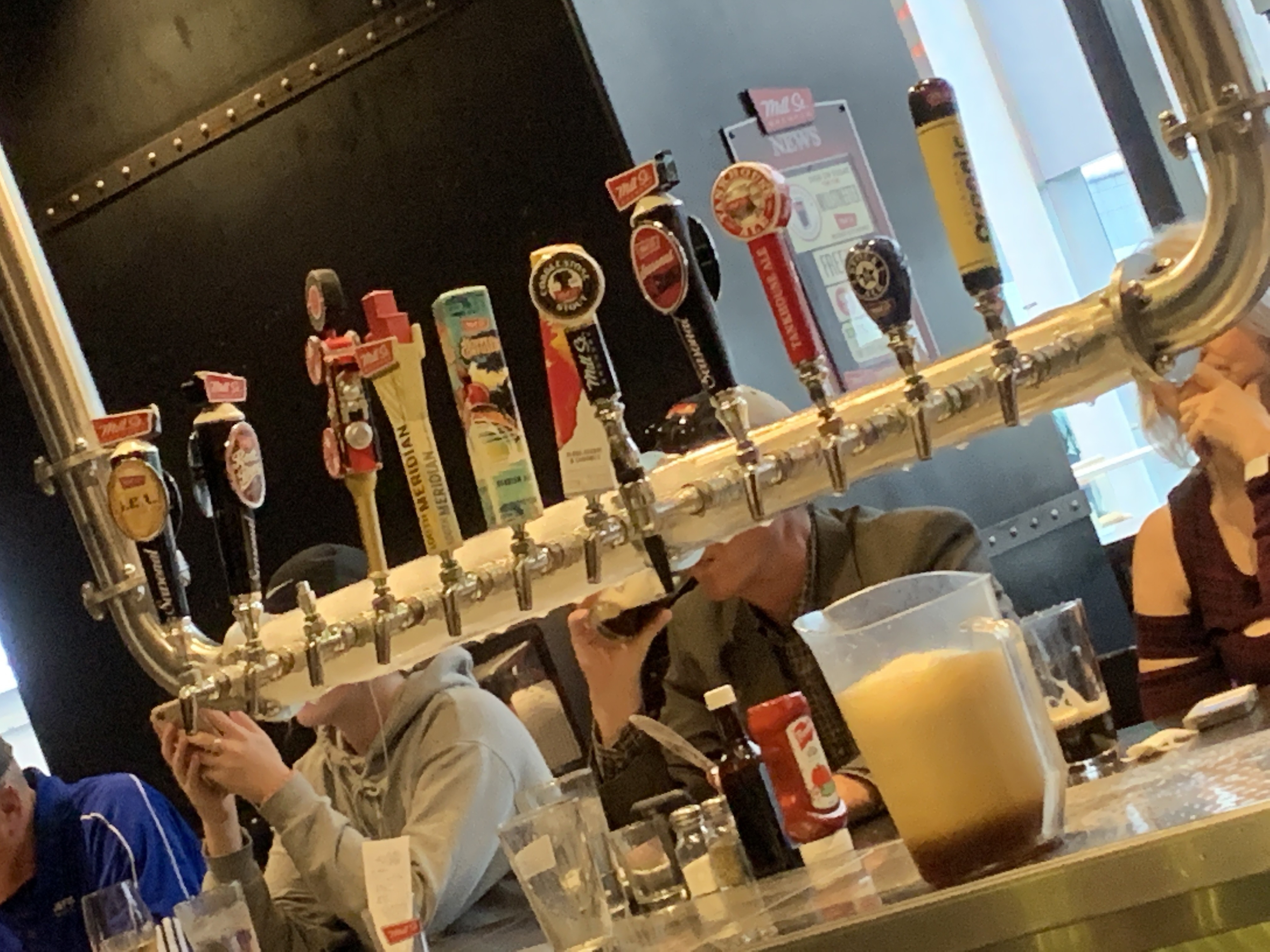 You’ve been there. Mill Street. Let’s just say it’s a place to drop your shoulders and wet your throat and watch some mastery of service.
You’ve been there. Mill Street. Let’s just say it’s a place to drop your shoulders and wet your throat and watch some mastery of service.
